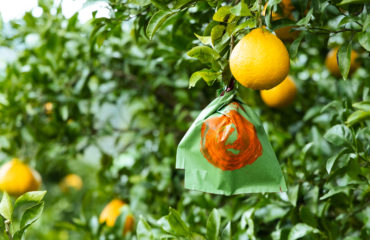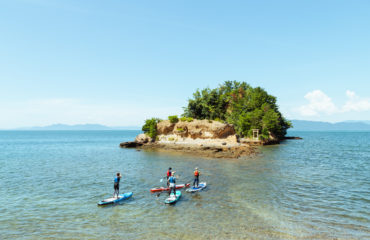Maizuru Castle Park


With a population of around 4,500, Tsunagi Town is located in southern Kumamoto Prefecture. It is a beautiful town on the calm Yatsushiro Sea with abundant citrus groves dotting its hillsides. Tsunagi has been working on “Community Building Through Art”, an art-based initiative to reinvigorate the region in the wake of Minamata disease. Additionally, through a community farm, it aims to promote natural farming that uses as little pesticides and fertilizer as possible.
| Prefecture | Kumamoto Prefecture |
|---|---|
| Local Specialties | By car: About 1 hour and 30 minutes from Kumamoto City, about 3 hours from Fukuoka City By train: Transfer to the Hisatsu Orange Railway at JR Shin-Minamata Station. Tsunagi Station is one station away. * Rental cars and bicycles are available in front of JR Shin-Minamata Station. |
| Specialties | Citrus fruits (e.g., Shiranui, Amanatsu, Sweet Spring), vegetables (e.g., salad onions), seafood (e.g., cutlass fish, daggertooth pike conger), sake |
Tsunagi’s “Community Building Through Art” initiative has been around since 1984 and includes several sculptures and outdoor art installations to see throughout the town. You also won’t want to miss the restaurants that make use of the abundant local seafood and mountain produce, as well as the sake brewery and confectionary shop.






